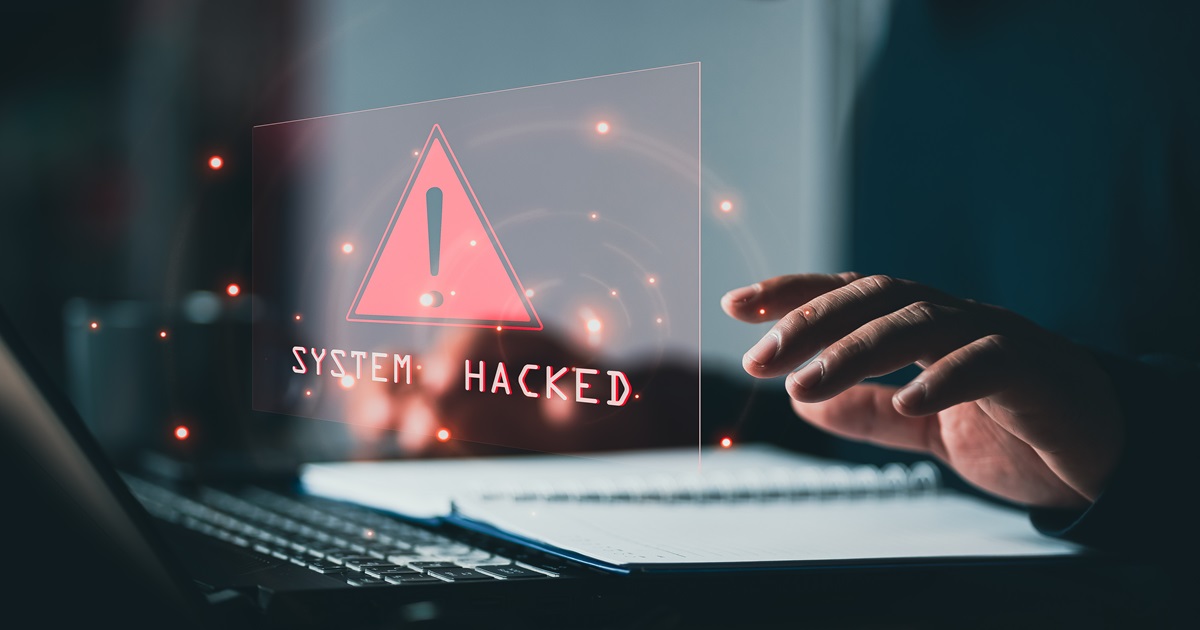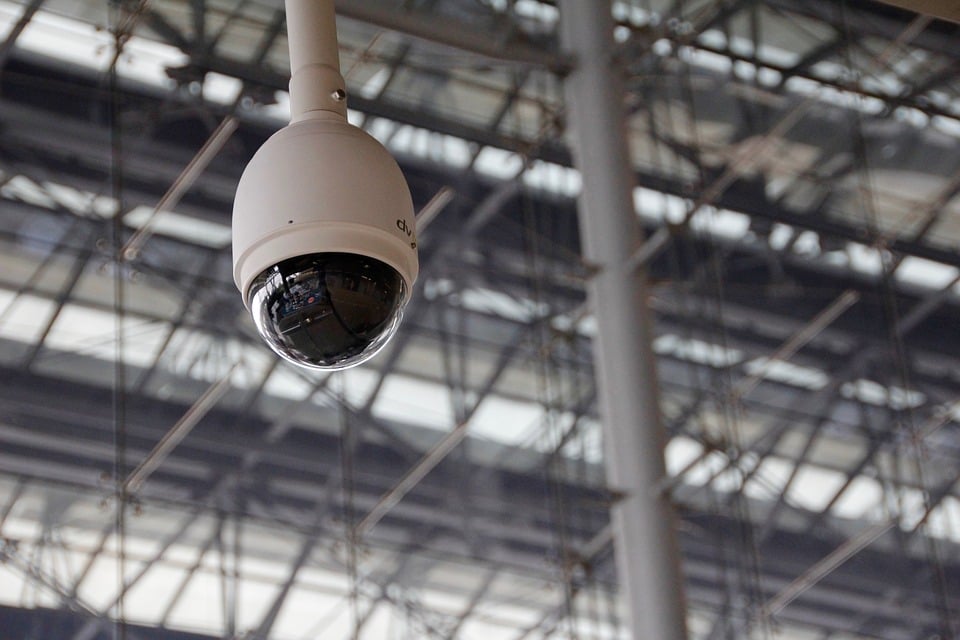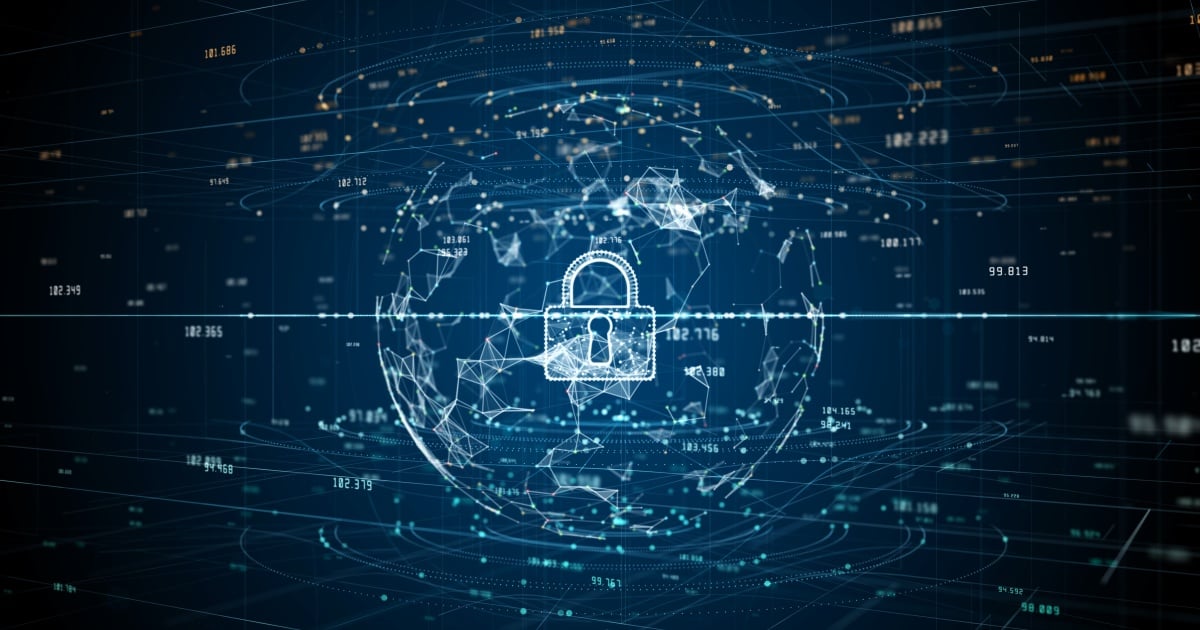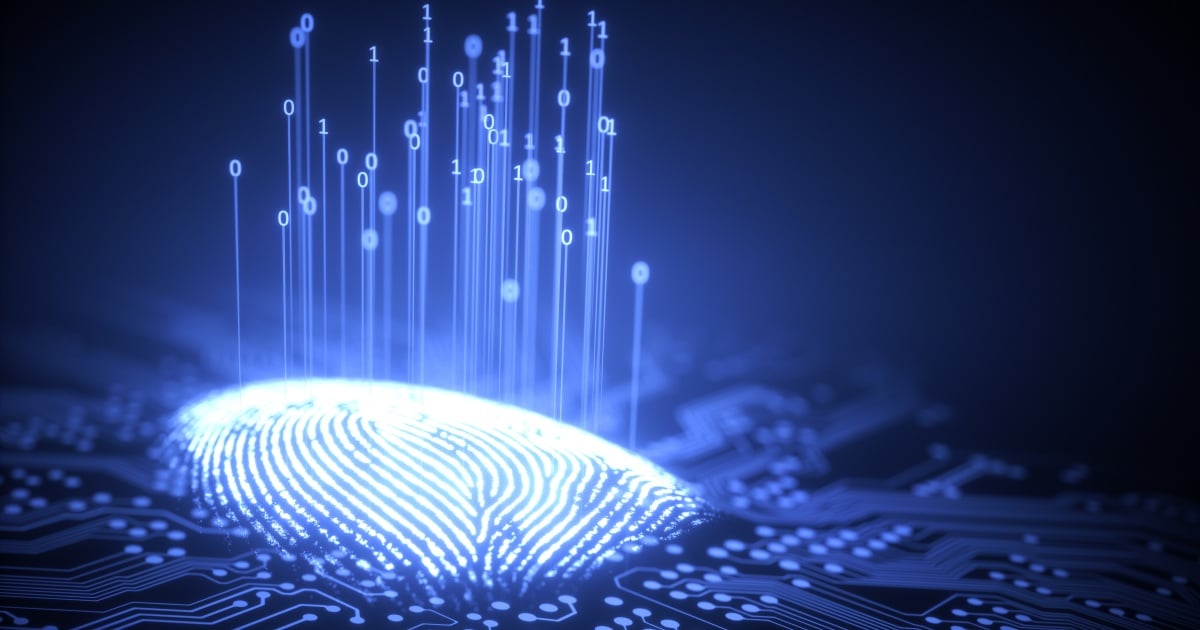
When it comes to cybercriminals and threat vectors, expect the unexpected. Just when businesses think they’ve fortified their defenses, hackers find a new way in. The terrifying part is that the cyber landscape of tomorrow isn’t just shaped by criminal syndicates or rogue nation-states as most think; it’s also being rewritten by tech-savvy teenagers, rogue employees and even criminals turning against their own.
Experian’s 12th annual Data Breach Industry Forecast for 2025 highlights five major trends that could define the next wave of cyber threats.
AI is at the center of it all. Why? Because it acts as the sword and the shield in an ongoing war for data and digital control. But as much as AI is helping businesses and governments combat fraud, it’s also arming a new generation of cybercriminals who are rewriting the rules of digital deception.
Think hackers are hooded figures hunched over keyboards in dark rooms? Think again. The average age of a cybercriminal arrested today is just 19, according to the report. Many of these young hackers aren’t career criminals, at least, not yet. They’re being recruited through online gaming communities, social media and private chat groups, lured in by the promise of easy money and digital notoriety.
As states crack down on cyberbullying and online fraud, we’re likely to see a surge in teen-related cybercrime arrests. A generation growing up with deep digital literacy is now being seduced by cybercrime’s dark side, and businesses will need to rethink their approach to cybersecurity awareness and education.
That’s not all companies have to look out for in 2025. There are internal issues to face, too.
Companies have been racing to train employees on AI, but what happens when that knowledge gets turned against them? Internal fraud is nothing new, but AI has given insiders an even more powerful toolkit to manipulate data, siphon sensitive information and cover their tracks. With organizations relying more on AI-driven decision-making, insider threats could become one of the most underestimated risks of 2025, according to the forecast.
We could see a global brand brought to its knees by an employee leveraging AI for fraudulent activity. Whether it’s financial theft, data manipulation or corporate espionage, the biggest threat to an organization might not be external hackers but those sitting within its own walls.
The third trend forecasted for 2025 circles around data centers.
With AI-powered tools like ChatGPT requiring exponentially more electricity than traditional online services, cybercriminals are now eyeing data centers not just for the data they hold, but for the power they consume.
Disrupting the energy supply to a major data center could have catastrophic consequences. An entire nation’s cloud infrastructure can be compromised because of an attack on its power source. Given the inconsistencies in security across global cloud infrastructure, it’s not a matter of if, but when, a major cyberattack targets the very lifeblood of AI-driven enterprises.
The fourth trend? Hackers turning against each other.
Cybercriminals have long operated in the shadows; now, even they aren’t "safe" there. A new trend is emerging where hackers are turning against each other by using malware and deception to steal from their own. In some cases, criminal organizations are being infiltrated by more advanced threat actors, who see an opportunity to exploit the exploiters.
Whether for financial gain or political motives, these hacker-on-hacker battles could reshape the underground cyber economy. .
Now for the fifth trend: dynamic identification. Forget traditional forms of ID, such as driver’s licenses, passports and Social Security numbers. They are becoming obsolete in the face of AI-powered fraud. The next evolution in identity security could be dynamic PII, a system where identification credentials continuously change, much like a digital barcode used for event tickets.
With AI-generated deepfakes and hyper-realistic fraud techniques on the rise, static identification simply isn’t enough. Governments and major institutions may soon adopt dynamic ID solutions to stay ahead of fraudsters who are becoming increasingly adept at fooling even the most sophisticated security measures.
“While supply chain breaches and ransomware dominated the cyber landscape in 2024, AI-related incidents will likely become a major headline maker in 2025,” said Michael Bruemmer, Vice President of Global Data Breach Resolution at Experian. “Investments in cybersecurity will increase to tackle this emerging threat while hackers are having a field day leveraging it for everything from phishing attacks and password cracking to producing malware and deepfakes.”
If one thing is certain, it’s that cyber threats never stand still. The battle between security experts and cybercriminals is a constant game of cat and mouse, with each side racing to outmaneuver the other. Businesses and consumers must remain vigilant, proactive, and, most importantly, ready for the unexpected.
2025 is the next chapter in an ongoing war for data, power and digital supremacy. Are we ready for it?
Edited by
Alex Passett






